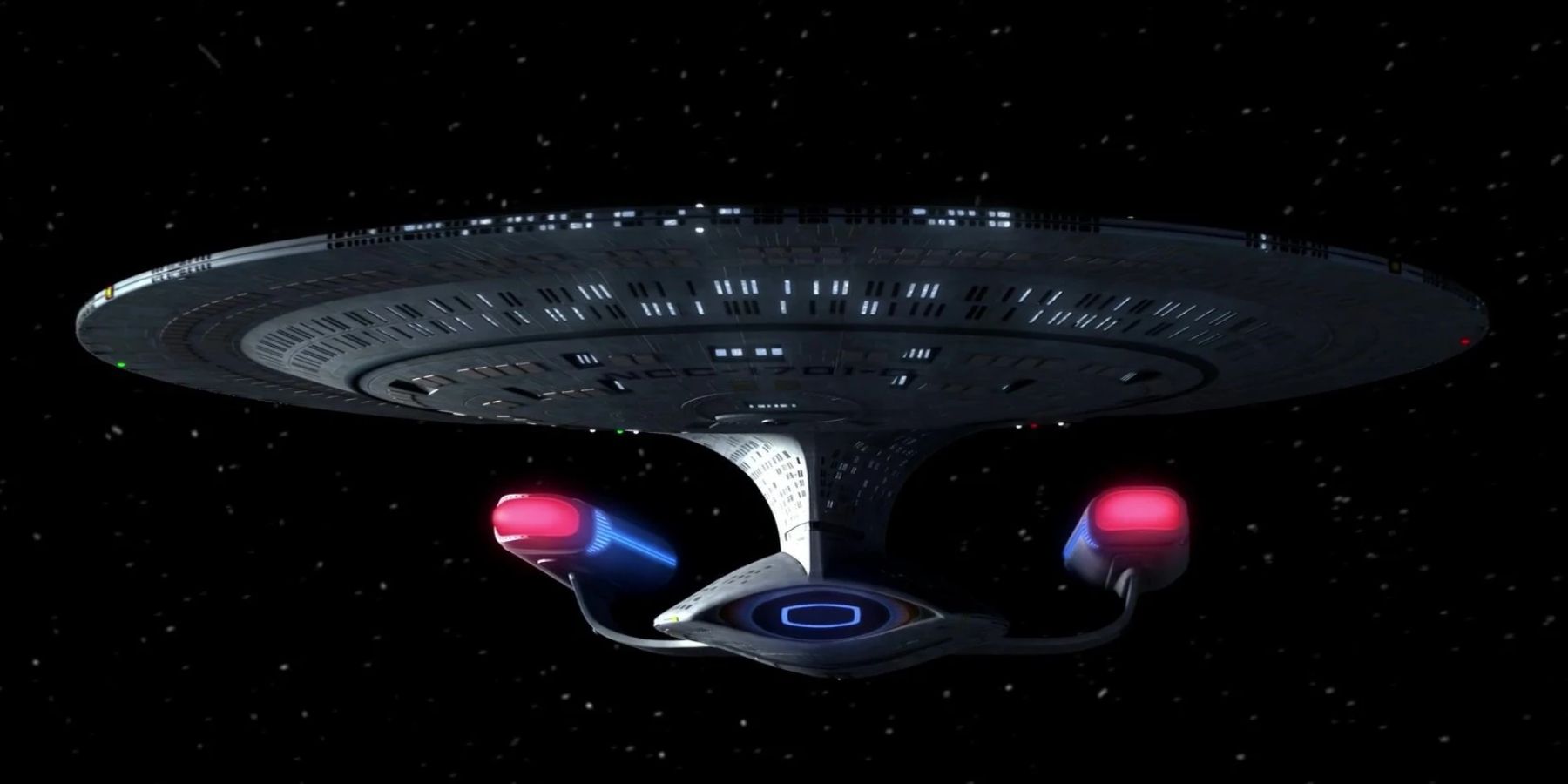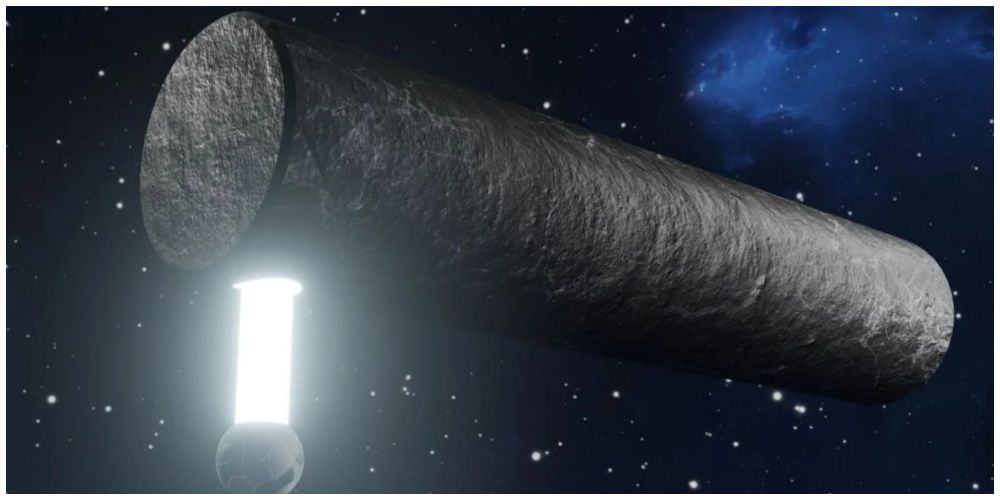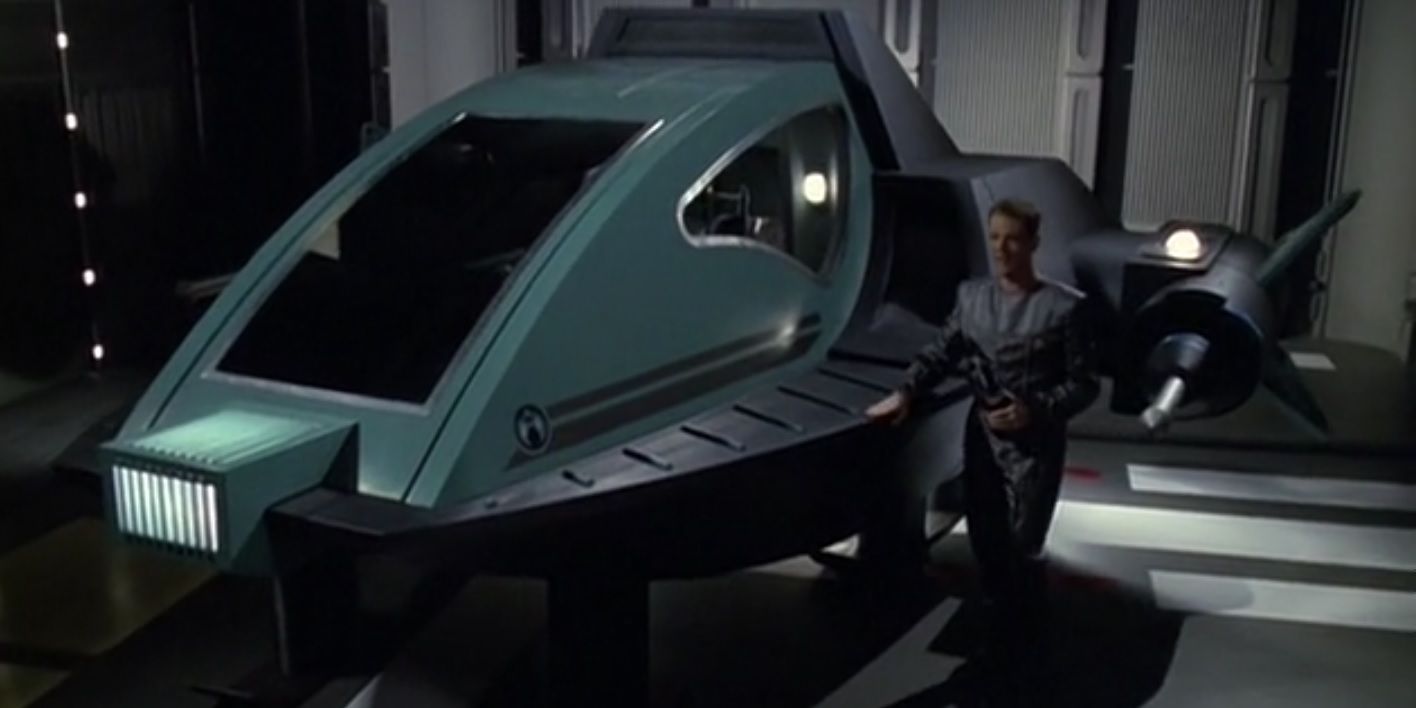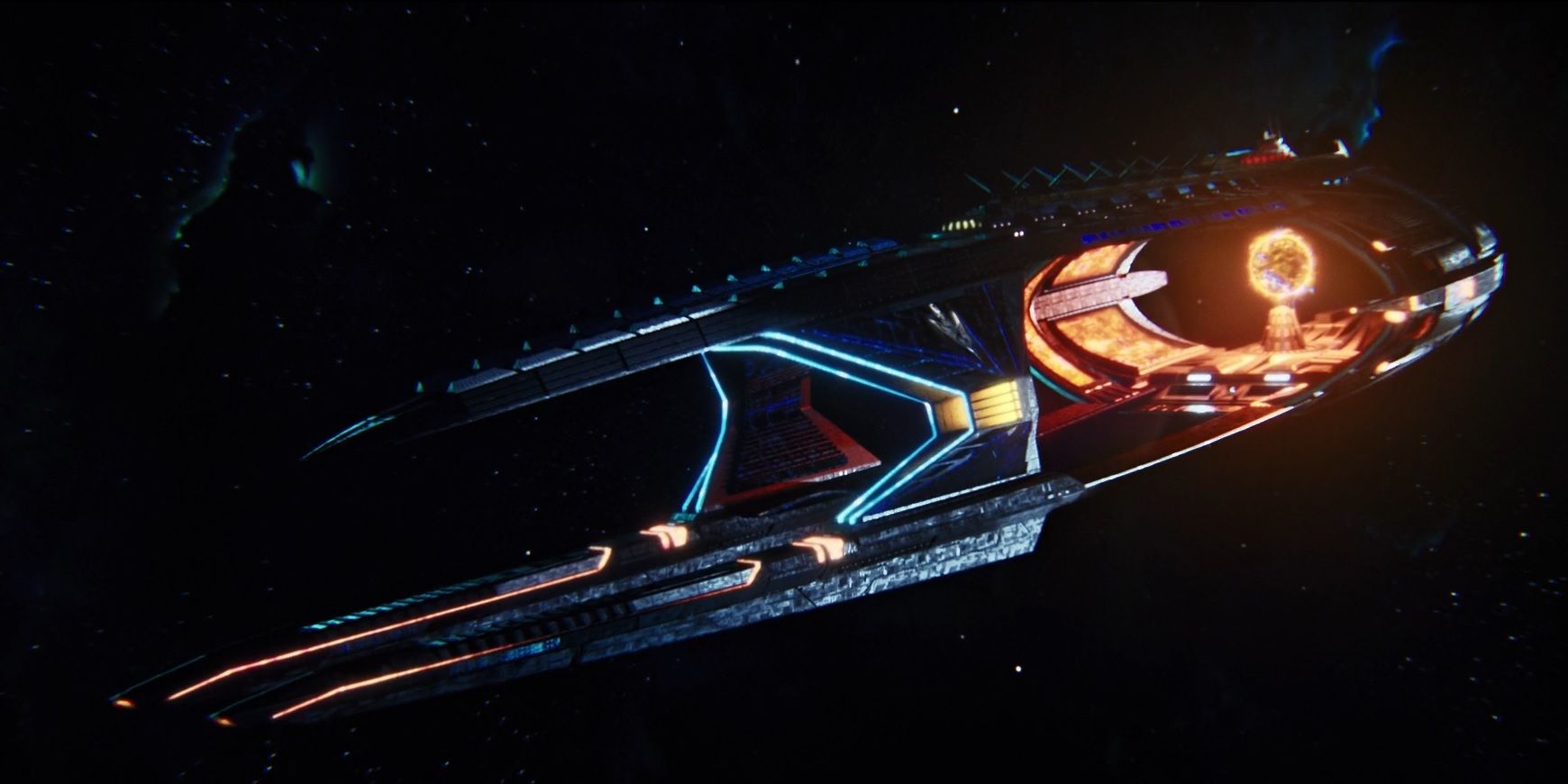Highlights
- Star Trek's starships often showcase unique and bizarre designs, either due to in-universe scenarios or real-world design choices.
- Some starships, like the Enterprise-D, challenge common sense by carrying a civilian crew on dangerous missions, while others, like Warship Voyager, suffer from mischaracterizations in historical records.
- The Whale Probe teaches the human race a brutal lesson about sustainable living, while the ISS Charon showcases the power of the Terran Empire but threatens to destabilize multiple realities.
Space is often described as the final frontier in the Star Trek universe, and it's certainly home to some weird and wonderful starship designs. The standard twin nacelle and saucer blueprint for Federation vessels has become well known in popular culture, as have the iconic designs of Klingon and Romulan starships.
Star Trek's more unusual starships are often the result of in-universe scenarios, although plenty are bizarre due to their real-world design and development. From glaring design flaws to shape-shifting drones, these space oddities are a testament to the franchise's writers and artists.
10 Enterprise-D
Much ink has been spilled concerning the suitability of the Galaxy-class Enterprise-D as an exploratory vessel. Although its advanced shields, technical systems, and weapons allow the starship to hold its own against most foes, several critics have questioned why a starship involved in such dangerous missions carries a civilian crew.
While many Starfleet vessels are exclusively crewed by officers, the Enterprise-D is home to both civilians and children. This city-in-space concept may embody the Federation's utopian nature, but it does challenge common sense.
9 Warship Voyager
Although the USS Voyager's voyage home from the Delta Quadrant cannot be said to have been an entirely peaceful one, it would be unfair to characterize the Intrepid-class vessel as a warship. However, this is precisely what happens in the episode "Living Witness," in which Voyager's holographic Doctor is reactivated centuries in the future.
The Doctor learns that the historical record of one Delta Quadrant civilization depicts the crew of the starship as ruthless marauders. Images of the so-called Warship Voyager, a heavily armed cruiser, are common in the aliens' archives. However, the Doctor is able to correct these misconceptions.
8 Whale Probe
While the so-called Whale Probe from Star Trek IV: The VoyageHome is not especially visually impressive, its motivations are very peculiar. The massive cylinder threatens to unleash hell on Earth when it learns that no more whales are remaining in the planet's oceans.
Aliens have threatened the human race in galactic wars and unprovoked attacks, but there are often political or ideological reasons for these actions. The unknown creators of the Whale Probe do not seek to dominate the Earth, but they are willing to teach the human race a brutal lesson about the importance of sustainable living.
7 "Alice"
In 1983, noted horror author Stephen King published Christine, a novel in which a man discovers that his car is haunted. Over a decade and a half later, Star Trek: Voyager offered viewers a sci-fi twist on the concept. Season 6's "Alice" sees crack pilot Tom Paris repairing a shuttle that turns out to have a mind of its own.
The shuttle, nicknamed "Alice" features a flight interface that psychically bonds with her pilot. Alice's computer system can appear to the pilot as a hologram, taking the form of an attractive woman, and control the vessel's occupants. However, the haunted shuttle is soon exorcised by the USS Voyager.
6 Biomimetic USS Voyager
Star Trek often plays with viewers' assumptions. While perhaps the most famous example is the Horta in The Original Series, Star Trek: Voyager offers its own twisty take in "Course: Oblivion." This Season 5 episode sees the crew of the Starship Voyager suffer from a strange condition that causes them to melt. But all is not as it seems.
"Course: Oblivion" is in fact a sequel to an earlier episode, "Demon," and this Voyager and crew are actually goo-based replicas of the originals. However, neither ship nor crew can sustain their forms for long, and eventually perish, proving once and for all that appearances can be deceptive.
5 Romulan Drone Ship
The Romulans rank among the Federation's most devious enemies, so it is no surprise that they utilize stealth technology to menace the nascent superpower in Season 4 of Star Trek: Enterprise. The Romulan Drone Ship is capable of assuming the appearance of other species' ships, and ferments distrust between Earth and its allies with a series of false flag attacks.
Despite its size, the Drone Ship does not carry a crew. Instead, these ships can be controlled at great distances thanks to telepathic technology. However, the ships require an Aenar pilot to function, leading to the kidnapping of several members of this species by the bloodthirsty Romulans.
4 USS Grissom
Although the Oberth-class USS Grissom makes only a blink-and-you'll miss it appearance in Star Trek III: The Search for Spock, this unassuming vessel has been the subject of fervent fan debate. The starship's unusual design, with an underslung main hull hanging on angular pylons beneath the saucer section, has left many fans with a question. Just how does the crew get between the two sections?
While some fans contend that the pylons house turbolifts, others claim that there simply isn't space. Other solutions, such as the use of transporters to travel around the ship have also been proposed. Whatever the case, this apparent design flaw has turned an unremarkable ship into a hot-button topic within the Star Trek community.
3 USS Discovery
The Crossfield-class USS Discovery holds the distinction of being the testbed for spore drive technology in the 23rd century. This experimental drive allowed the ship to jump from one place to another rather than utilizing conventional warp. The spore drive allowed Discovery to turn the tide of the Federation–Klingon War and to venture into the Mirror Universe.
The USS Discovery is also unusual in that it possesses an advanced living computer, Zora. While the Crossfield-class may not be the Federation's most powerful starship, Discovery's various quirks and modifications make it stand out from the crowd.
2 USS Archer
The tiny USS Archer makes several appearances in Star Trek: Strange New Worlds. The starship is notable for diverging from creator Gene Roddenberry's initial starship design rules. While Roddenberry insisted on his starships having symmetrical warp nacelles, the USS Archer has only one.
The Archer's design is an homage to the single-nacelle designs seen in classic expanded universe material, like the FASA RPG Federation Ship Recognition Manual and 1975's Starfleet Technical Manual. Although the design may not respect Roddenberry's principles, it is nonetheless rooted in Star Trek history.
1 ISS Charon
The mammoth ISS Charon is more than just a starship. It is both a palace and a city in space, designed to demonstrate the strength of the Terran Empire. Yet the starship is no toothless figurehead: its weapons devastate the surface of a planet in Star Trek: Discovery's first season.
One notable feature of the Charon is the large ball of energy located towards the rear of the vessel. This super-mycelial reactor provides vast amounts of energy to the starship but at a terrible cost. In fact, it threatens to destabilize multiple realities. As such, it is a mercy that the ship is soon destroyed by the USS Discovery.














